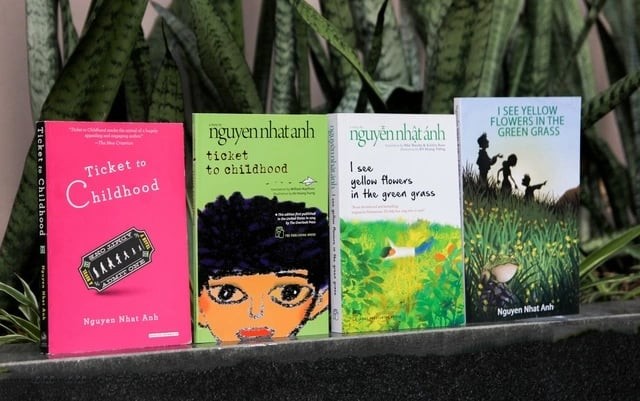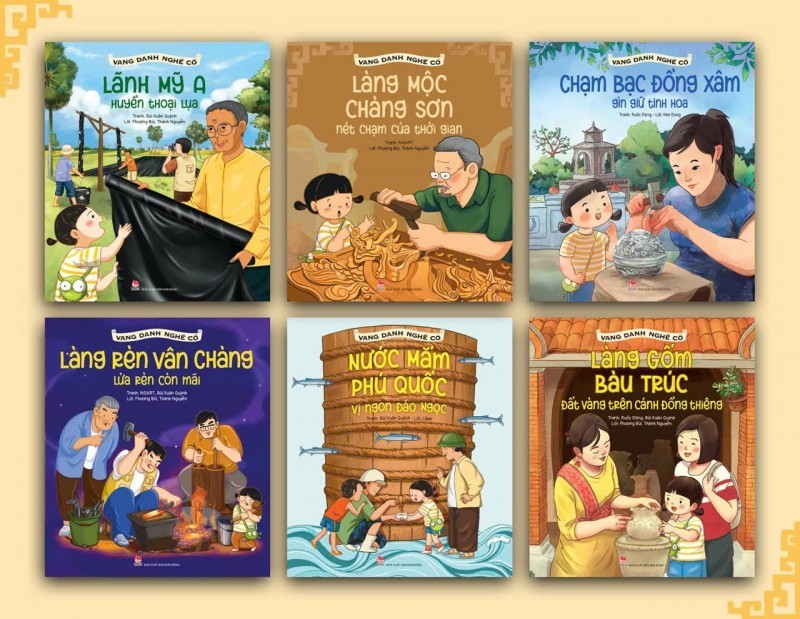Artbook Illustrating Nguyen Du's Poems Truyen Kieu Released
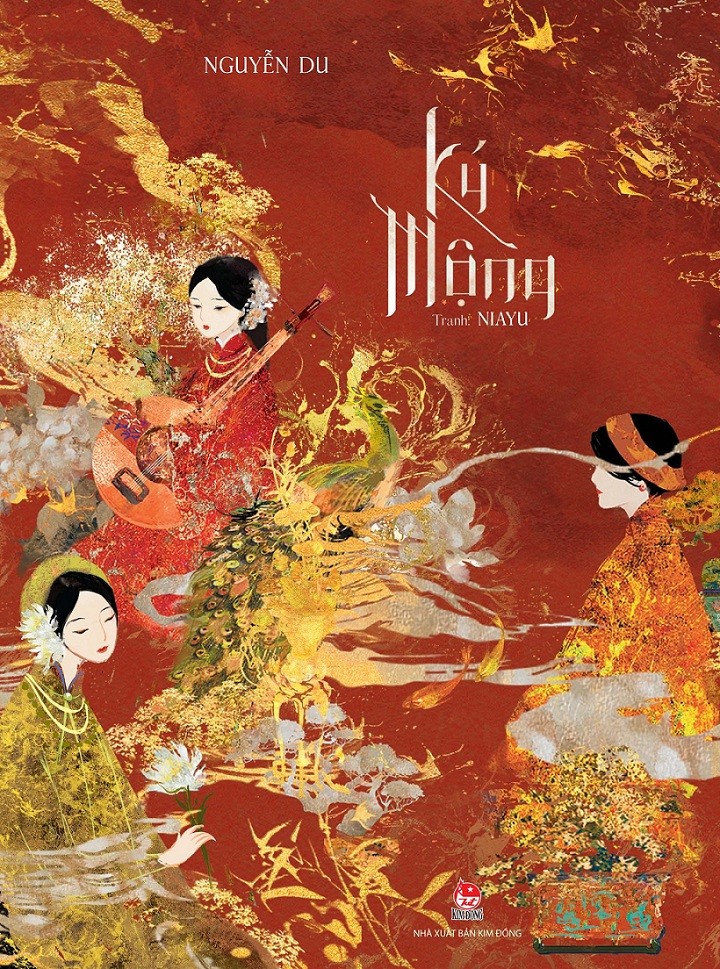 |
| The cover of the art book 'Ky Mong' (The Diary of a Dream). (Photo courtesy of Kim Dong Publishing House |
One of the most famous poems by great 18th-century Vietnamese poet Nguyen Du (1766-1820) has been released by the Kim Dong Publishing House in the form of an artbook, VNA reported.
The artbook, titled 'Ky Mong' (The Diary of a Dream), introduces poems and several excerpts from ‘Truyen Kieu’ (The Tale of Kieu), the most famous work by Nguyen Du, through 27 paintings and drawings.
The verses were composed after the Nguyen Du's works, in his dream, reunited with his wife, who passed away three years earlier. His sorrow of being apart from his beloved wife and other inner emotions are eloquently presented throughout the poem.
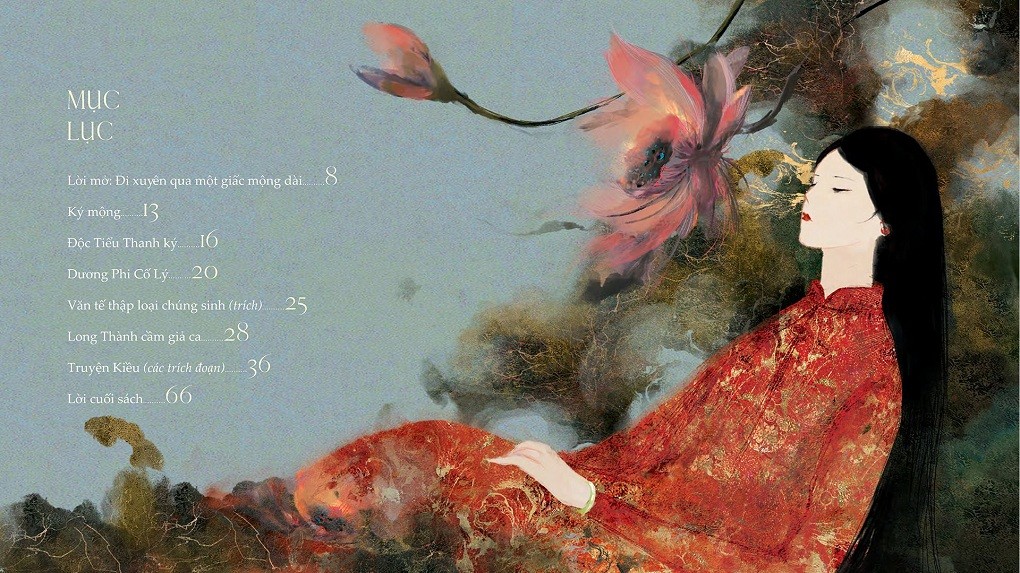 |
| The new publication to celebrate the 65th anniversary of the publishing house, the poem Ky Mong (The Diary of a Dream) has been illustrated with poetic lacquer-like paintings by young painter Niayu. |
Sharing the artbook, Niayu said that she was always touched by Nguyen Du’s poems, which stand the test of time to win the hearts of readers from different generations.
“Through my paintings, I want to draw not only the characters in Nguyen Du’s poems but also the soul of the acclaimed poet,” the 25-year-old painter said.
A ceremony to introduce the book to readers has been held on Ho Chi Minh City Book Street on June 12.
However, according to literary critics, the verses not only reflect his own emotion and sorrow but the problems and anxieties of society at the time.
Niayu said she felt great pressure when she needed to present the work in a fresh and creative way while preserving the original spirit of the poem.
"The paintings need to reflect Oriental culture but also have their own distinctive features so as not to be confused with other painters' works," she said.
She says that her drawings have been influenced by the paintings of the famous Vietnamese painter Le Pho, as well as Vietnamese traditional lacquer paintings.
Le Minh Quoc, Chairman of the Vietnam Writers' Association, said that he appreciated Niayu as she chose traditional lacquer as a material for her paintings in the book.
"The medium totally suits the verse of great poet Nguyen Du," he said.
"Niayu definitely has a certain understanding and feeling of what she has been reading, thus can produce such very poetic yet romantic paintings which completely match with the verses," Vo Thien Huong, who is in charge of the publisher's communication, said at the book launch in HCM City.
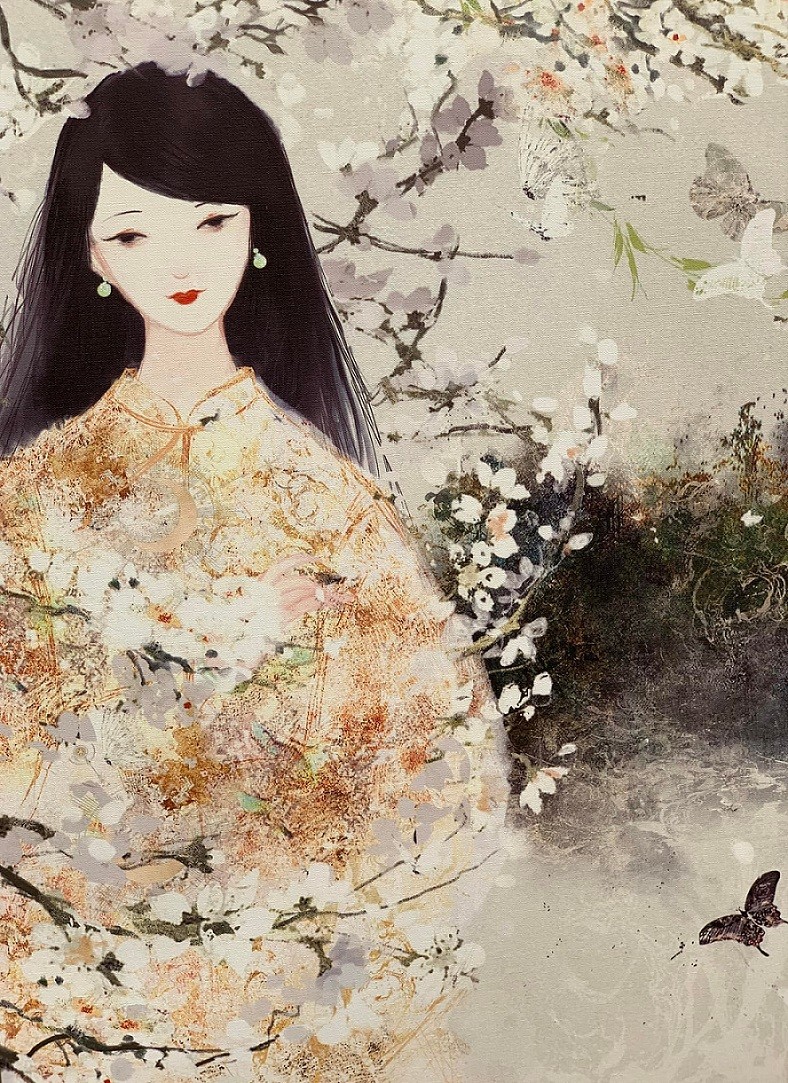 |
| A lacquer-like painting from the art book 'Ky Mong' (The Diary of a Dream). |
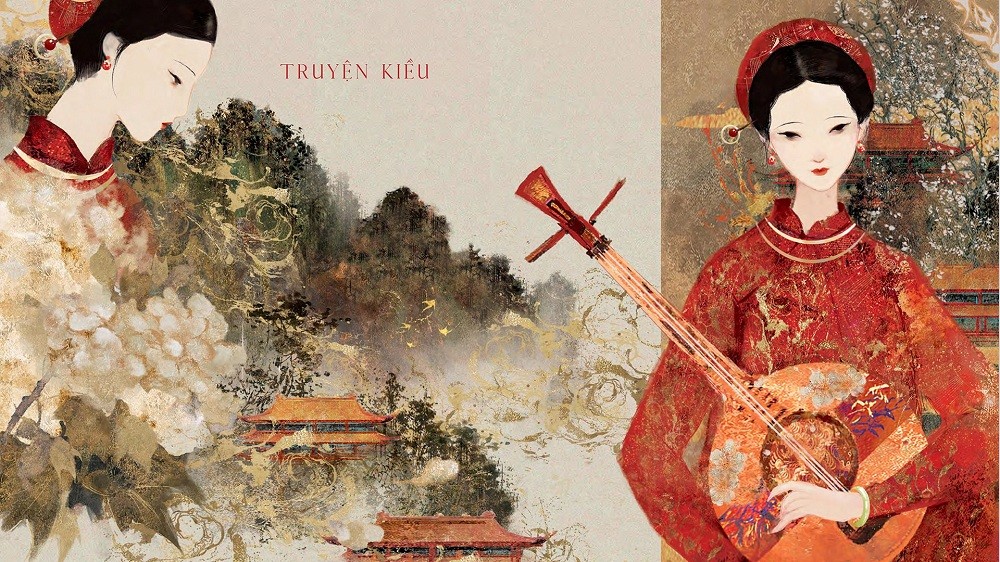 |
| Truyen Kieu is the most popular Vietnamese poem of all time and has inspired many generations. |
The man brings Vietnamese poem to new high
Poet Nguyen Du (1765 – 1820), who also went by the penname Thanh Hien, belonged to one of the most aristocratic families in Thang Long Imperial City (now Hanoi). His family members were noted scholars and mandarins at the Court during the Le dynasty.
His pleasant childhood life was interrupted by the death of his father when he was 9. Three years later, his mother died, as well.
Born and raised in a time of chaos, Nguyen Du witnessed many changes in the transition from the Le to Nguyen dynasties between the 18th and 19th centuries.
A rebellion led by Nguyen brothers from the village of Tay Son in today’s Binh Dinh province, among many revolts by poverty-stricken peasants across the country at that time, put an end to the weakening Le-Trinh dynasty.
The historical upheavals split his family apart and left him in poverty. They also opened his eyes so that he was able to see the naked realities of Vietnam’s feudal society, where the majority of people suffered in misery, inequality and cruelty.
“Upheavals” and “the sights observed”, which are mentioned in one of the first lines of his most beloved work “the Tale of Kieu”, were obvious references to these events in his life.
Though faithful to the Le dynasty, Nguyen Du realised that it was of no avail to follow his dream of restoring the regime and finally accepted the political changes.
After the Tay Son collapsed, Emperor Gia Long, the new Nguyen ruler, called him to the Court. Nguyen Du reluctantly obeyed but felt unimpassioned towards his mandarin career.
The vicissitudes of history and his own life turned him from a nobleman into a humanist and a realist poet whose heart was deeply moved by the lives of the unfortunate.
In his 55 years of life, the great poet left a monumental legacy that includes three collections in Han (Chinese) script, totalling 250 poems in Thanh Hien Thi Tap (Poems of Thanh Hien), Nam Trung Tap Ngam (Various Poems) and Bac Hanh Tap Luc (Miscellaneous Writings in a Trip to the North), as well as the most well-known, the Tale of Kieu.
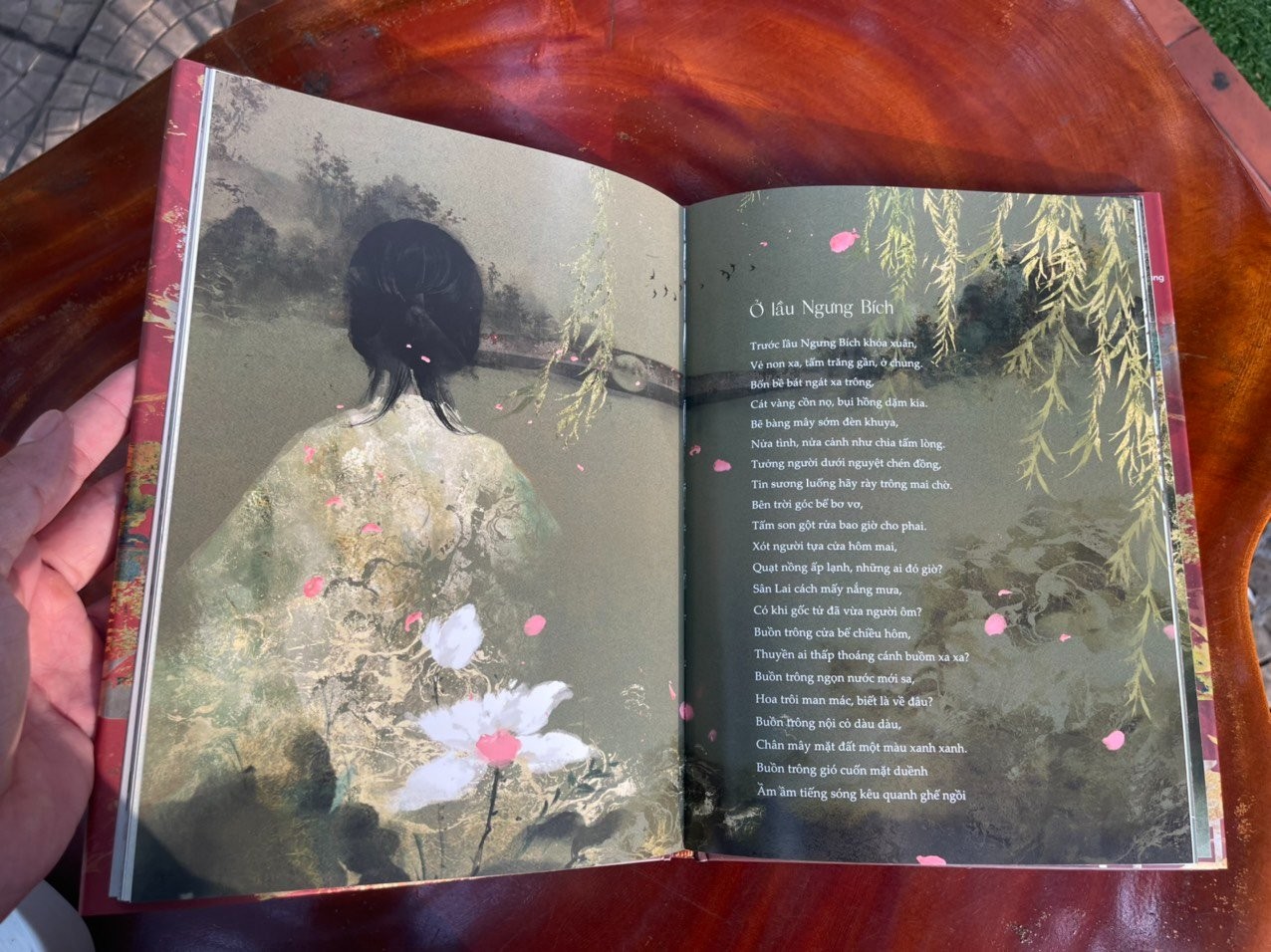 |
| The part when Kieu was trapped Ngung Bich hall, a house of pleasure she was sold into. |
The Tale of Kieu is regarded as the most significant literary classic of Vietnam. The masterpiece has been translated into more than 20 languages and is cherished for its creativity, independent thinking and distillation of Vietnamese culture.
Originally known as “Doan truong tan thanh” (A New Cry from a Broken Heart), the Tale of Kieu is based on the plot of a Chinese prose novel titled “Kim Van Kieu” written in the 17th century. The poem was originally written in “Nom” script – the ideographic Vietnamese script that was widely used between the 15th-19th centuries.
The 3,254-line classic verse novel has been written in “luc bat”, the form that consists of alternating lines of six and eight syllables, a traditional Vietnamese verse form.
It recounts the life, trials and tribulation of Thuy Kieu, a beautiful and talented young woman, who had to sacrifice herself to save her father and younger brother from prison.
She sold herself into marriage with a middle-aged man, unaware of his profession as a pimp. He later forced her into prostitution, marking the start of a series of tragic events in her life.
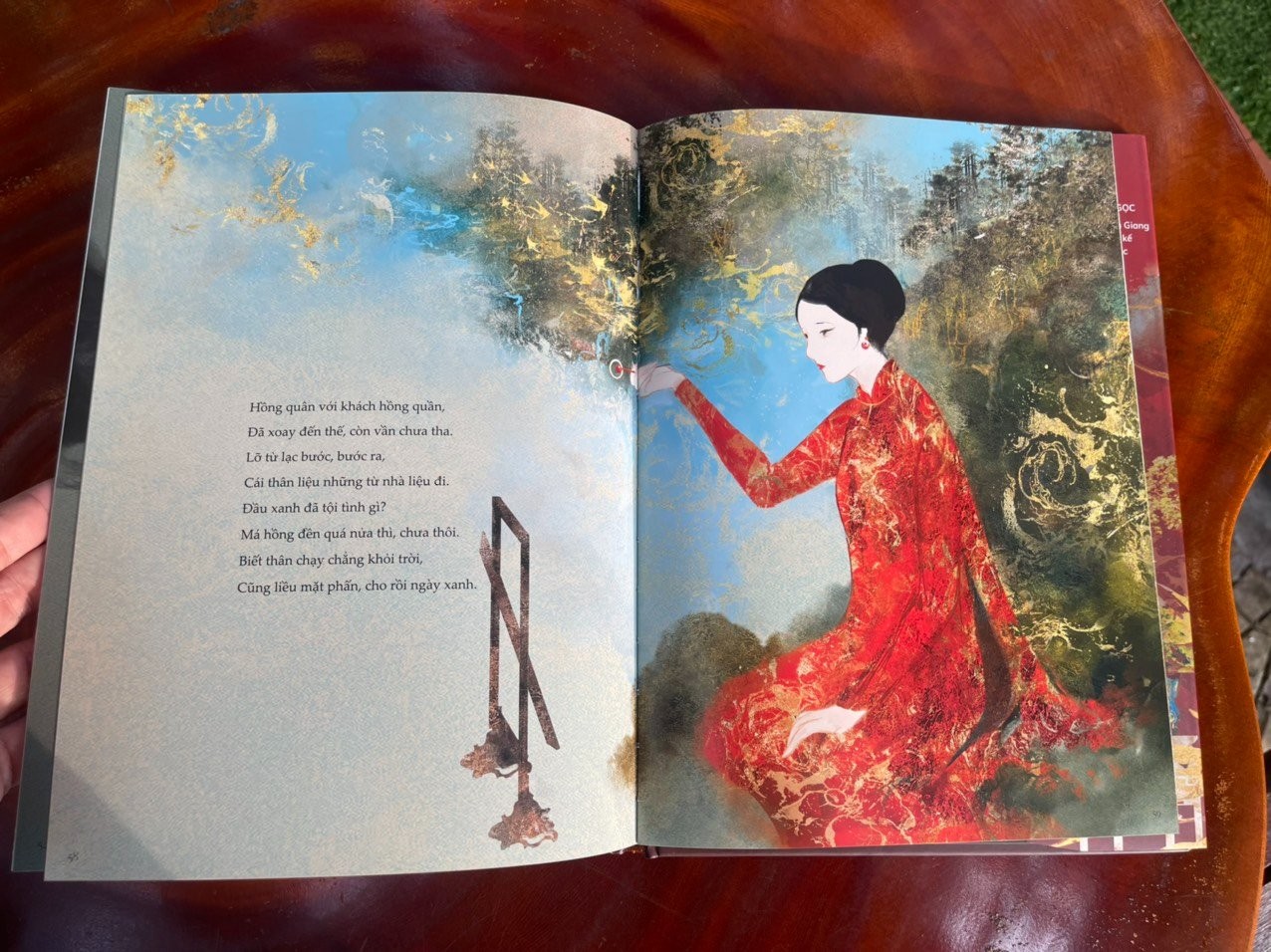 |
| Depicting the arduous life of Thuy Kieu, a beautiful and talented young woman who had to sell herself to save her father from prison, Nguyen Du overcame harsh social prejudice to praise Kieu’s physical and soulful beauty, as well as her talents and personality. |
Throughout the poem, Nguyen Du depicted the beauty of true love and loyalty, and the unyielding hope for justice.
The poetic masterpiece has spread its spirit and influences overseas, as it was published in 20 different languages worldwide.
Nguyen Du passed away 195 years ago, but his literary legacy and brilliant career are remembered today by people not only in Vietnam but all over the world.
In 1965, he was honoured as a world cultural celebrity by the World Peace Council with eight others for his devotion to Vietnamese literature and the world’s culture.
He was also recognised as a World Cultural Figure by the UN Educational, Scientific and Cultural Organisation (UNESCO) at its 37th General Conference session in Paris in 2013.
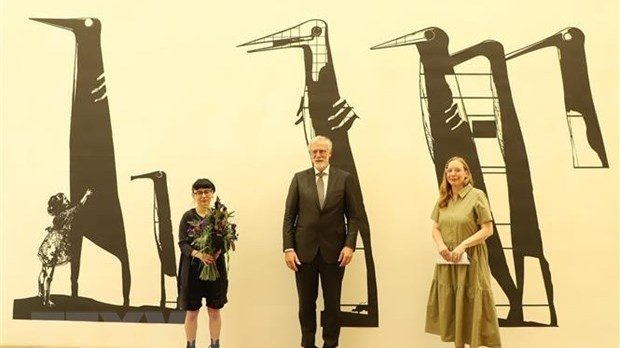 | German artist with new perspective on “Tale of Kieu” From the model of Kieu of the great poet Nguyen Du, female artist Franca Bartholomäi presents with a new perspective through art installations made of ... |
 | “Kieu Story” brought to opera stage by Vietnamese, French performers Masterpiece “Kieu Story” by renowned poet Nguyen Du has been brought to the new genre of opera under the name of “Kim Van Kieu” by ... |
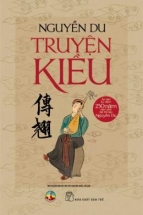 | The Story of Kieu through perspectives of four directors An experimental theatrical performance based on the Vietnamese epic "The Story of Kieu", created by 4 directors with new perspectives and approaches, will be hosted ... |
Recommended
 Handbook
Handbook
Vietnam Moves Up 8 Places In World Happiness Index
 Handbook
Handbook
Travelling Vietnam Through French Artist's Children Book
 Multimedia
Multimedia
Vietnamese Turmeric Fish among Best Asian Dishes: TasteAtlas
 Handbook
Handbook
From Lost to Found: German Tourist Thanks Vietnamese Police for Returning His Bag
Popular article
 Handbook
Handbook
Prediction and Resolution for the Disasters of Humanity
 Handbook
Handbook
16 French Films To Be Shown For Free During Tet Holiday In Vietnam
 Handbook
Handbook
Unique Cultural and Religious Activities to Welcome Year of the Snake
 Handbook
Handbook




